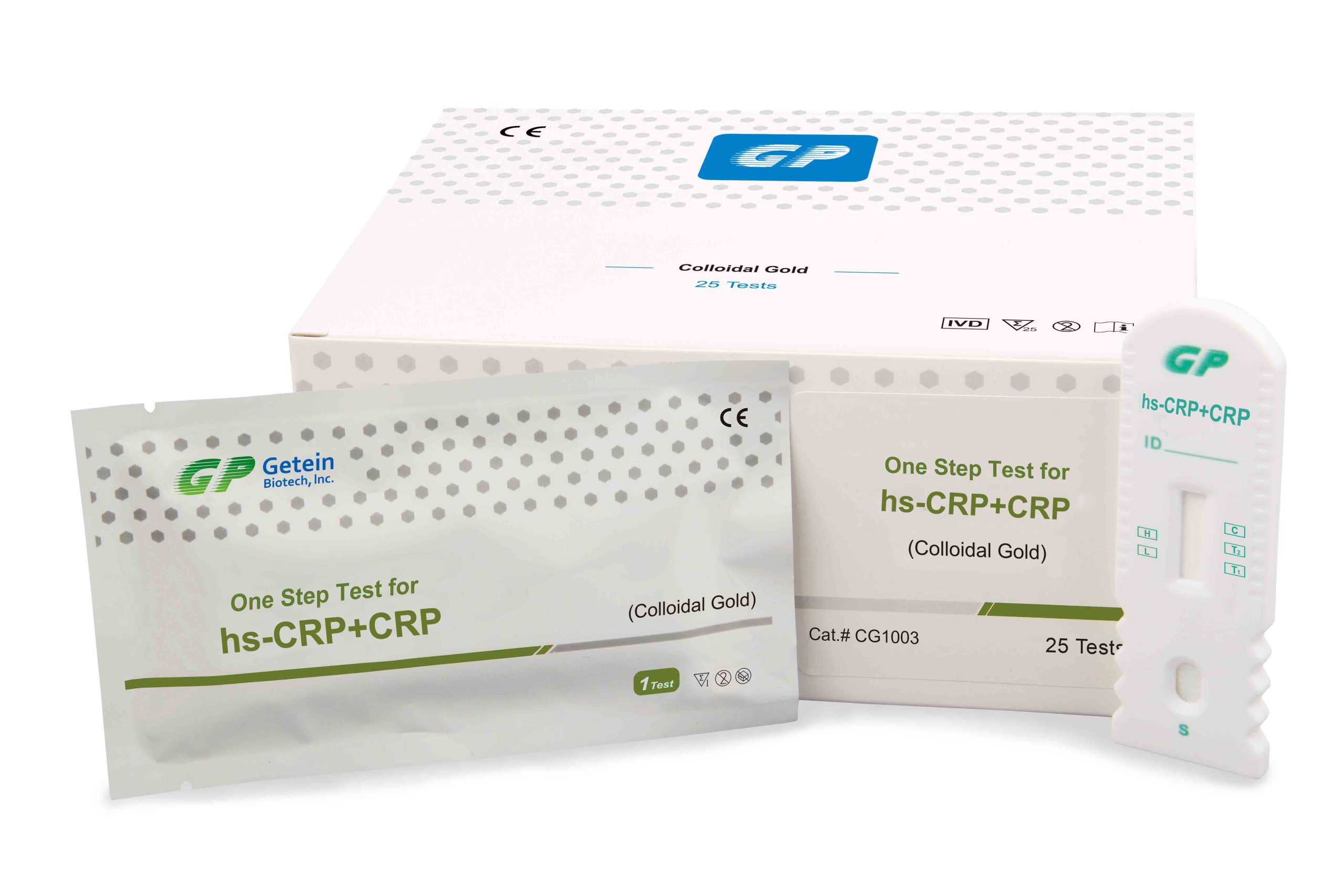Description
C-reactive protein is an acute-phase reactant that precipitated with Pneumococcal C-polysaccharide, and is a non-specific immune response component. CP has wide distribution in our body, and is an acute-phase protein produced in the liver in response to microbic infection or tissue injury, it measures general levels of inflammation in the body, and the hs-CRP can be used to detect lower concentrations of CP in serum or plasma. Studies revealed hs-CRP levels seem to be correlated with Atherosclerosis and Acute Myocardial Infarction. And the hs-CRP is an inflammation “marker” for ACS patient and is helpful for primary prevention and risk assessment of cardiovascular disease. Its combination with the ratio of total cholesterol to HDL-C is more accurate than other risk factor in predicting cardiovascular disease.
The American Heart Association and US Centers for Disease Control and Prevention have advocated hs-CRP as a predictor of cardiovascular disease (CVD) to define risk groups: less than 1.0 mg/L indicates low risk, 1.0 to 3.0 mg/L means moderate risk, and the amount above 3.0 mg/L (lower than 10 mg/L) strongly suggests a high risk of CVD. Moreover, higher CRP levels are found in late pregnant women, mild inflammation and viral infections (10-40 mg/L), active inflammation, bacterial infection (40-200 mg/L), severe bacterial infections and burns (>200 mg/L).





